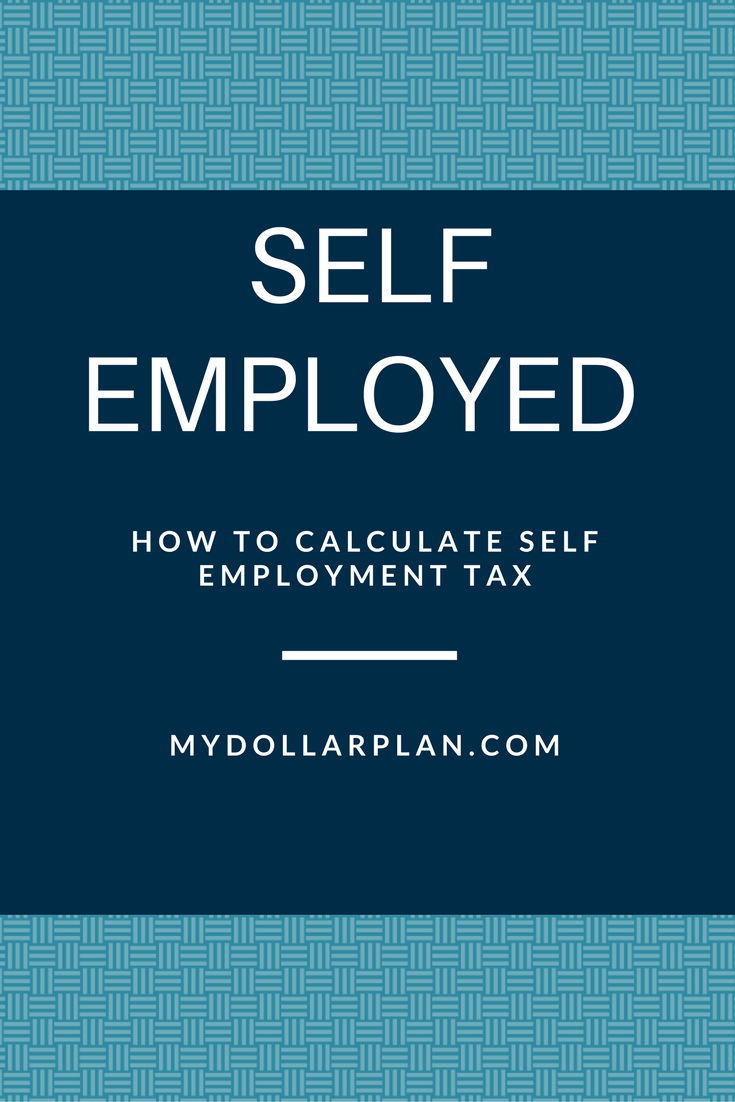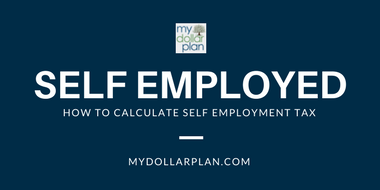How to Calculate Self Employment Tax
Did you recently start your own business and you need to learn how to calculate your self employment tax to file your tax return before the tax deadline?
If you are an individual who is self employed, you have many advantages over people who are employed by companies. Of course, you get to set your own hours and rates, which is something many other employees cannot do.
However, at the same time, you are required to pay your own self employment taxes, which can be somewhat complicated if you have never done so before. But don’t worry; once you walk through it, it’s pretty painless. Let’s walk through how to calculate self employment tax.


What are Self Employment Taxes?
People who are self-employed differ from those employed by an outside company in that they do not have a portion of their salary deducted from their pay. Therefore, there is no withholding of money toward taxes or for Social Security or Medicare. If you work for an outside company, the company pays half and the individual pays half of the Social Security and Medicare taxes. However, when you are self-employed, you must pay the entire amount of Social Security and Medicare taxes yourself. This is known as self-employment tax.
Self employment tax is separate from and in addition to state and federal income tax rates. Self-employment tax must be paid in addition to your regular income taxes. Self employment tax is applicable at any age, and you are still responsible for paying self employment tax, even if you are already receiving Social Security benefits or if you are a minor.
Self Employment Tax Rate
The self employment tax rate for 2016 is 15.3%. (12.4% for Social Security tax and 2.9% for Medicare tax). Since 2013 there is also an additional 0.9% Medicare Surtax that applies to earnings over the threshold for high earners.
How to Calculate Self Employment Tax
Calculating your self-employment tax is not as difficult as it may seem. Once your net earnings from self-employment are at least $400 (or church employee income of at least $108.28), you are responsible for paying self-employment taxes and filing a tax return. Here is how to calculate the self employment tax:
- Determine your net income. The net income for your business is income minus any of your expenses related to your work. For instance, if you have purchased a laptop and printer for your business, you are entitled to tally up the costs of them and other work related expenses and deduct them from your income. For a list of common expenses see Tax Deductions for the Self Employed.
- Calculate Net Earnings from Self Employment. To do this, multiply the net income by 92.35 percent.
- Calculate Self Employment Tax. Next, for any income less than the social security wage base (2015 and 2016: $118,500) multiply the amount by 15.3%. For any amount over the wage base, multiply by 2.9%. Add the two figures together to arrive at your self employment tax.
Self Employment Tax Calculator
If you don’t want to calculate your self employment tax by hand, you can use the tax calculator to calculate it automatically. In addition, if you are using tax software like TurboTax, the software will also calculate your self employment tax automatically.
Self Employment Tax Form to Use
When you are ready to file your taxes, you will need the Schedule SE for self-employment taxes. The self employment tax form is in addition to your regular Form 1040 and business Schedule C for profit or loss; they are all due on the same tax deadline.
Self Employment Tax Deduction
In addition to paying the self employment tax, you also get a personal tax deduction for paying it! You can deduct half of the self employment tax, which will lower your adjusted gross income, and lower your income tax.





Self employment tax sucks!